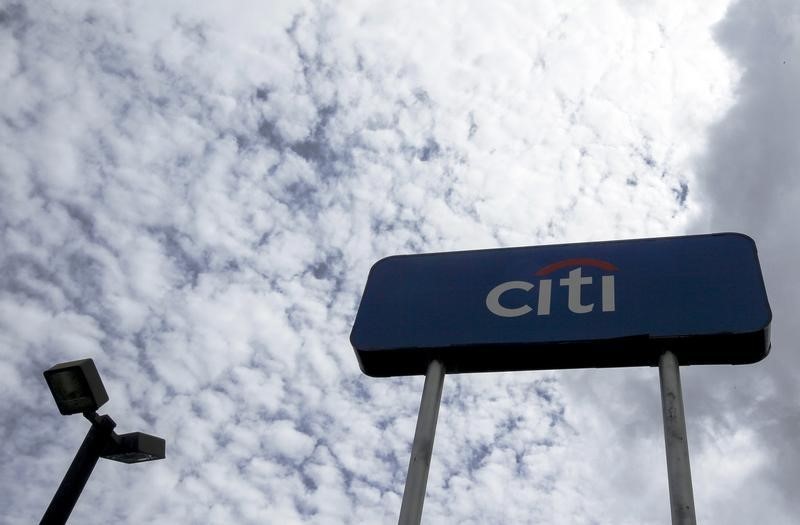By Ziyi Tang and Ryan Woo
BEIJING (Reuters) – China’s largest banks will see near-term revenue and margin pressures on a persisting property sector downturn, higher costs and a worsening global macro outlook, analysts said, clouding growth prospects for the world’s second-largest economy.
Some of the challenges the lenders face were evident last week when five of the country’s largest state-owned banks reported annual results.
And while the banks’ capital cushions are at comfortable levels currently, those could be impacted if asset quality worsens in the property sector or the economic recovery stutters. Their recent stock price growth could also be stunted.
The top-five lenders reported an above 3.5% annual net profit growth last week.
GRAPHIC: 2021 vs 2022 net profit of big China banks (in billions of yuan), https://www.reuters.com/graphics/CHINA-BANKS/SHARES/akpeqedjypr/chart.png
The two biggest banks, Industrial and Commercial Bank of China and China Construction Bank (OTC:) Corp, however, reported a decline in revenue, and, excluding the impact of provisions and impairment losses’ contributions, profit growth would have been slower. The other three posted a small revenue growth of about 2% or below.
China’s economy showed signs of a recovery after the end of three years of strict COVID-19 policies that had disrupted commerce and muzzled domestic demand. But the foundation of the recovery is not yet solid, analysts warned.
Revenue of China’s banking sector is estimated to slow further in the first quarter this year. And net interest margins (NIMs), a key gauge of bank profitability, are expected to continue to shrink in 2023, though at a milder pace, with the biggest contraction in the first quarter, analysts and bank executives forecast.
That is because Chinese banks face unfavourable pricing dynamics, where regulators’ window guidance for banks to frontload lending led to abundant credit supply, Citigroup (NYSE:) analysts, including Judy Zhang, wrote in a note.
But credit demand is muted, and overly fierce price competition among banks weighed on lenders’ new-loan yield, the analysts wrote.
China reported stronger than expected new bank lending in the first two months of this year. The performance, however, was mainly underpinned by loans to the policy-driven infrastructure sector, with some big banks offering rates as low as below 2% to state-owned companies, said several bankers, who declined to be named as they were not authorised to speak to media.
The lending rates are even lower than deposit rates, pressuring lenders’ NIMs, they said.
“Smaller banks would suffer more,” said Iris Pang, chief economist for Greater China at ING. “This is the result of competition.”
PROPERTY SECTOR RISKS
Nicholas Zhu, a banking analyst at Moody’s (NYSE:), warned banks also face persistent risks from the property market, after all the big five banks posted a surge in non-performing loan ratio in real estate loans last year.
“Transitional volatility from the correction in the property market will pose risks to banks’ asset quality this year,” he said.
“Measures to stabilise the property market will reduce risk of contagion to the banking system, if these measures ultimately restore homebuyers’ confidence and prop up property sales,” said Zhu. “That said, banks will bear additional credit risks in the short term as they increase financing for the property sector.”
In addition, as lending in China is widely collateralised by real estate, a big issue would be if there’s a large decline in property values, said Christopher Beddor, deputy China research director at Gavekal Dragonomics.
Beddor also said Chinese banks will face asset quality risks, as they will need to digest troubled pandemic-era loans.
“The banks massively scaled up their lending to small firms during the pandemic, and regulators have essentially allowed them to avoid recognising losses yet,” he said. “Many banks will be in for pain when they eventually acknowledge the losses.”
GRAPHIC: China banks shares, https://fingfx.thomsonreuters.com/gfx/mkt/akpeqednlpr/image-1680588377897.png
Read the full article here








